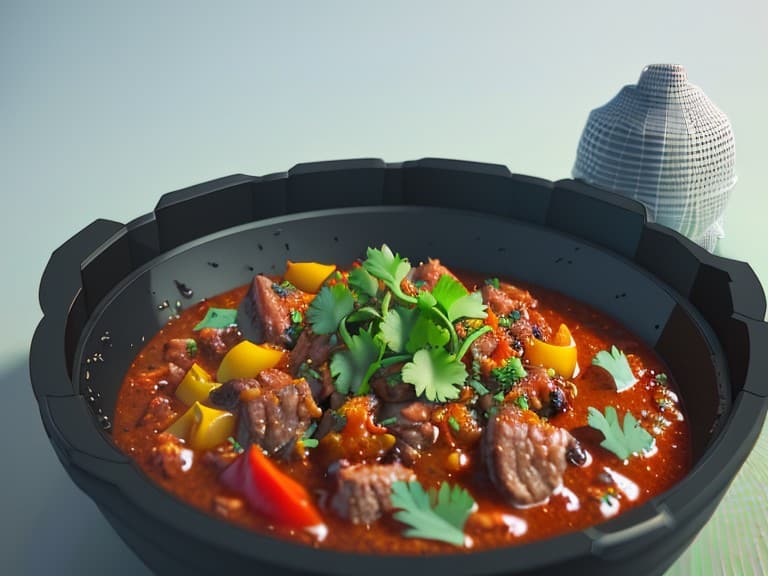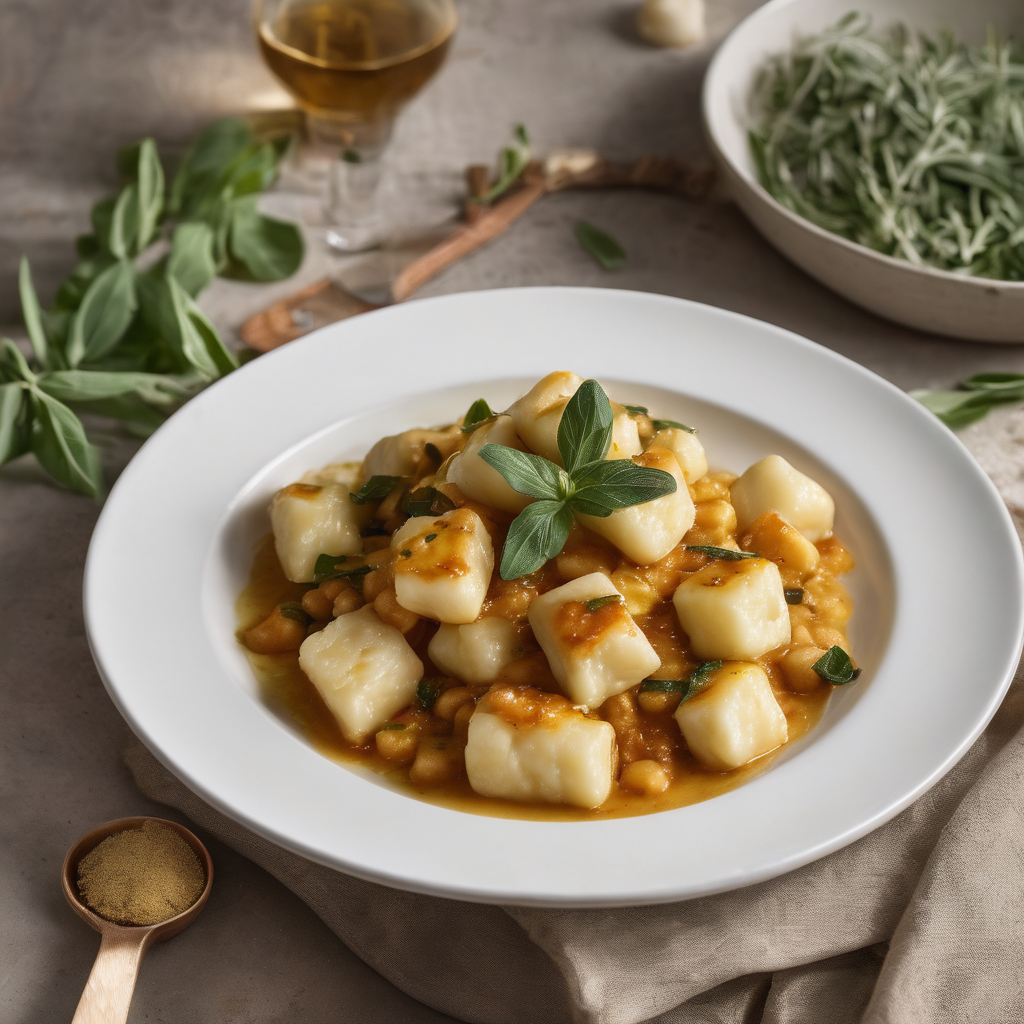Many people in this world don’t know the exact difference between Biryani and Pulao. They think Biryani and Pulao are same. If you are also in the same category, let me tell you that you are wrong. Even though Biryani and Pulao might look similar, the cooking methods and the origin is completely different. If your senses are sensitive, then you can identify that the smell, taste, and the colours are all different. So let’s get into understanding the significant differences.
Origin
The name Biryani, derived from the Persian word ‘Beryan’, is not an Indian dish. During the Safavid dynasty, Persian prepared Beryan by marinating camel or Lamb with yoghurt, herbs and spices. The process evolved to what we eat today. The Pulao, derived from the Sanskrit word ‘Pulāka’, is a South Indian Dravidian style cuisine. Even though some foolish scholars have mentioned the use of meat in Pulao, the traditional way to prepare it was with vegetables, as it was offered to gods. The spices are used more in Pulao than Biryani, because of their origin. One more observation is the use of Saffron which was introduced to us by Persians.
Ingredients
As said above, historically traditional Pulao is vegetarian, and the Biryani is a non-vegetarian dish, but both cuisines evolved. Even though you can get a Vegetable Biryani and Chicken Pulao, the ingredients used in both are very different. The main ingredients used in Biryani is Saffron and Turmeric in Pulao. Another difference is the type of rice they used to prepare. Biryani is prepared with long rice or Basmati rice, and Pulao can be prepared with any rice. Bay Leaf is another ingredient used in Pulao and not in Biryani.
Cooking Method
Cooking methods of Biryani and Pulao are different. Biryani is usually cooked in 3 different steps. Cooking the rice and meat/vegetable separately, mixing it and then giving dum. In Pulao, however, rice and meat are cooked together with spices. In Pulao, onion is ground and cooked with the rice and in biryani, onions are caramelized and added on the top.
Texture & Colour
Saffron is used in Biryani, and Tumeric in Pulao, therefore, the colour is significantly distinct. Biryani looks somewhat orangish, and the colour is non-consistent and Pulao looks yellowish. Biryani rice is non-sticky, and Pulao is also non-sticky but not so much dry as Biryani.
Taste & Aroma
Biryani tastes little heavy with the masalas. I mean the spices are strong and it hits your tongue, however, Pulao has a mild taste and aroma is heavier. In the biryani, the cooked meat tastes good but the rice doesn’t carry any sort of meat flavour however in pulao the rice has the juicy meat flavour. You can also observe that the meat is much more tender in Pulao than in Biryani.
Please Note: Andhra Biryani and Donne Biryani are both Pulao. Hyderabadi Biryani is different than Andhra Pulao.





